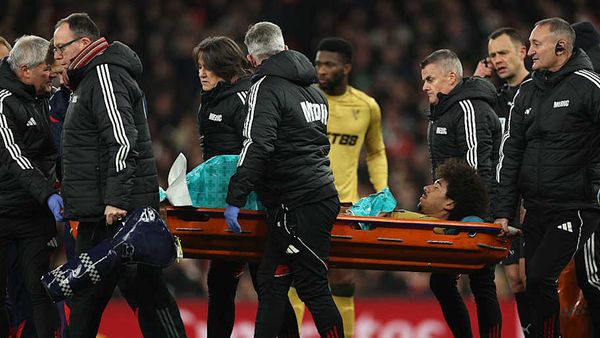
Three weeks before my 29th birthday, and four days before my honeymoon, I got my driver’s licence. It feels bigger and more celebratory than anything else I’ve achieved.
I got my Ls at 16, learning to drive on the country roads of the New South Wales southern highlands. The nearest highway was 20 minutes away. There were no traffic jams.
That year my family was T-boned by another car. My mum and sister were hurt and I realised I had reason to be scared of driving. And just before my 17th birthday, as a result of a sport injury, I had a knee reconstruction and I couldn’t drive while I rebuilt my concave right leg and learned to walk again.
Then I moved to Sydney and it felt like the decision was made for me – I didn’t have access to a car, I didn’t really need one, and I wasn’t going to learn on Victoria Road or the M4. Everywhere I looked I saw erratic drivers who confirmed, and increased, my worry.
The fear well and truly set in. I didn’t drive for 10 years.
I’m not alone. Research from Roy Morgan found a consistent drop in the number of younger drivers in Australia between 2009 and 2019, with the biggest decreases among people aged 18-24 and 25-29.
Noor Sheerazi, a driving instructor at the NRMA, has witnessed this shift. She says when she started teaching back in 2011 about 20% of her students were non-logbook drivers: learners above the age of 25 who didn’t need to document 120 hours of practice. Over the years that figure has gradually increased, and now she estimates 40% of her students are over 25.
The oldest student she’s taught was 58 years old; he took 20 lessons with her throughout 2022 before passing his test. She thinks older learners tend to be more nervous behind the wheel.
“They do think about consequences more,” Sheerazi says. “They’re tougher on themselves.” She says the older you are the more time you’ve had to keep a mental record of bad drivers, and bad experiences too.
Dr Chris Cheers, a psychologist who has worked with adults learning to drive, says fear around driving is common and normal. In fact, he says: “When we consider the number of accidents and road fatalities that occur, it is surprising that driving anxiety is not as common as phobias relating to spiders and other animals.”
I too was confident that I was correct to feel anxious – driving is dangerous. In my years avoiding it, I couldn’t drive a loved one to hospital or pop to the shops when we moved to the suburbs. I wanted the freedom, but the embarrassment, shame and inconvenience never came close to outweighing the terror. It wasn’t that I didn’t want to drive. I couldn’t. It felt impossible to keep a healthy, safe dose of alertness, but stave off panic.
There’s a reason for this, Cheers says. “The more we avoid the situation or trigger of our anxiety, the greater the anxiety will become.”
Jen Bishop passed her driving test at 36 while pregnant with her second child. It was her third attempt. She’d taken her first test at 20 in the UK, after first starting lessons at 18 when she was a trainee newspaper reporter. “Amazingly, my employer paid for me to get taxis everywhere,” she says.
Then she moved to London and by the time she arrived in Sydney she was so used to getting public transport she “just carried on”. Her firstborn “did a lot of bus and train journeys in the pram” because Bishop was anxious about driving.
“It just seemed like a really big deal and a classic example of something I made an even bigger deal in my head, which only got worse over time,” she says. “I don’t even know what it was, but being in control of a car just seemed a massive responsibility.” She cried when she passed her test. “It was a serious relief”.
Cheers suggests addressing driving anxiety “in the most supported, gradual way possible” by setting realistic goals, “such as driving around the block or only on quiet streets”.
“Remember change takes time, and the more you are able to show yourself kindness along the way, the more likely you will be able to persevere and get there.”

Sheerazi echos this advice. With anxious students she will start with very easy instructions on very quiet streets, building their skills and creating “situations where they trust you”.
And as for the first place most of her students tell her they will drive to alone when they pass the test? “The Macca’s drive-through.”
For me, it took a fear even bigger than driving to get back behind the wheel. It was 2020 and catching public transport was risky – and we all felt anxious anyway. As lockdowns stopped and started, so did my lessons. I got close to booking my test but I couldn’t get a slot for months due to huge backlogs. My momentum and confidence stalled (again).
Then, this May, I had a breakthrough: I needed a deadline. What if I just booked a bunch of lessons and a test? Worst case scenario, I’d fail, but have more information about how to pass.
So I took the lessons, then the test, then a picture of myself smiling behind the plastic P plate. I couldn’t believe it. After 13 years of writing just one resolution – “Get my Ps” – on the first page of every diary, I’d done it.







